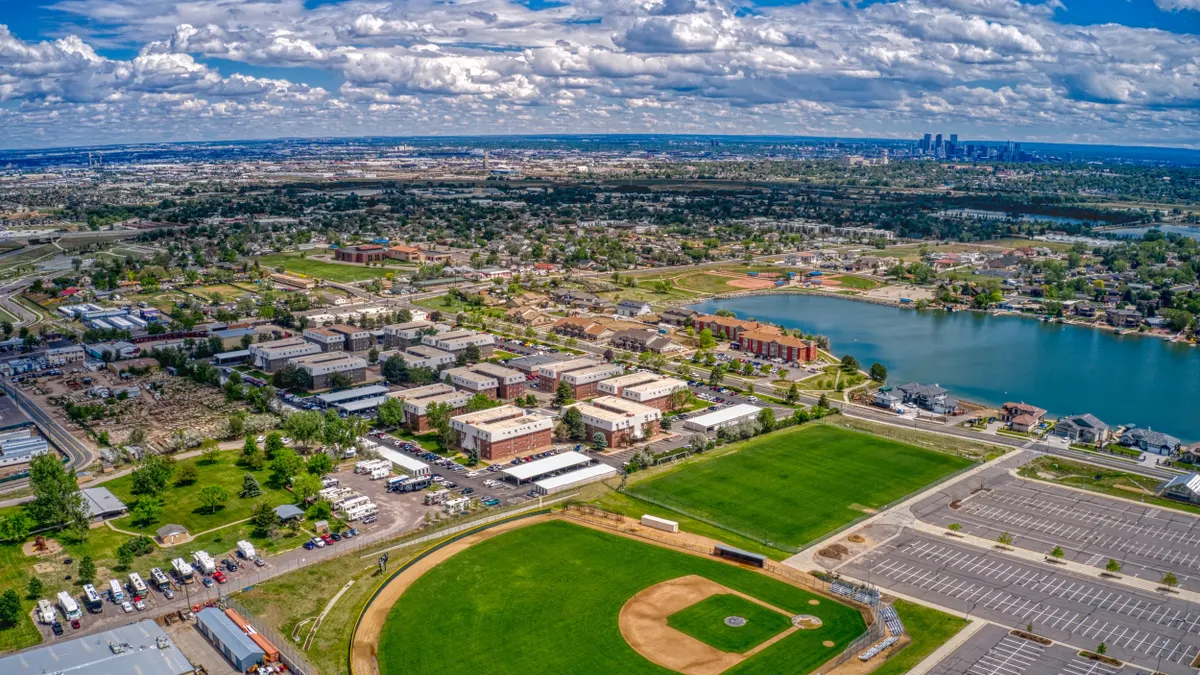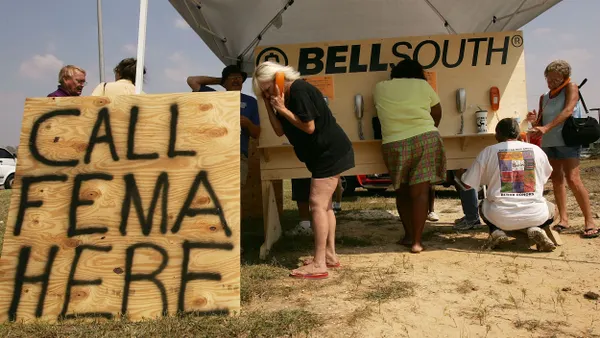Editor's note: This article was originally published in American City & County, which has merged with Smart Cities Dive to bring you expanded coverage of city innovation and local government. For the latest in smart city news, explore Smart Cities Dive or sign up for our newsletter.
For the second year running, Reno, Nevada, was named the fastest-warming city in the U.S. by Climate Central, a nonprofit that reports on climate science. Reno’s average annual temperature surged 7.8 degrees Fahrenheit from 1970 to 2024.
It’s far from the only U.S. city with rising average temps. Since the first Earth Day was celebrated in 1970, 240 of 242 U.S. cities analyzed by Climate Central have warmed by 2.9 degrees on average. Of the cities analyzed, 203 (82%) experienced at least 2 degrees of warming from 1970 to 2024. The U.S. as a whole is about 2.8 degrees warmer on average than it was in 1970.
All 50 states saw average temperatures rise from 1970 to 2024, with Alaska recording the fastest average annual temperature increase at 4.3 degrees, followed by Delaware, Massachusetts and New Jersey, which all rose 3.7 degrees. New Mexico and Vermont’s average temperatures increased by 3.6 degrees during that time, per the report.
While five of the six fastest-warming states are located in the North, almost all of the fastest-warming cities are within the sunbelt. They include Reno and Las Vegas, Nevada; El Paso and Tyler, Texas; and Albany, Georgia. Burlington, Vermont, rounded out that list.
Reno also topped Climate Central’s fastest-warming cities chart last year. Nevada has received criticism from researchers for its lack of action to address climate change in recent years. At least 475 heat-associated deaths occurred in Nevada’s largest county, Clark County, in 2024, a 60% increase compared with the year prior, according to the Southern Nevada Health District.
In August, the city of Reno was part of a Reno-Sparks Heat Mapping Project, which pinpointed areas and times in the region when the heat is most intense. The project was helmed by the Nevada State Climate Office at the University of Nevada, Reno, with support from the Desert Research Institute. The project’s findings were published earlier this year.
“These heat data are incredibly helpful for Washoe County as we work to find solutions for the region’s increasing heat,” Brian Beffort, sustainability manager for Washoe County, which includes Reno, said in a statement. “As we think about strategies to address heat and other impacts from our changing climate — such as tree planting and building weatherization — having accurate data at the neighborhood levels very much helps us direct these interventions to places where they will have maximum benefit.”
The Earth experienced its hottest year on record in 2024. 2025 is already on track to take second place, reports suggest.










